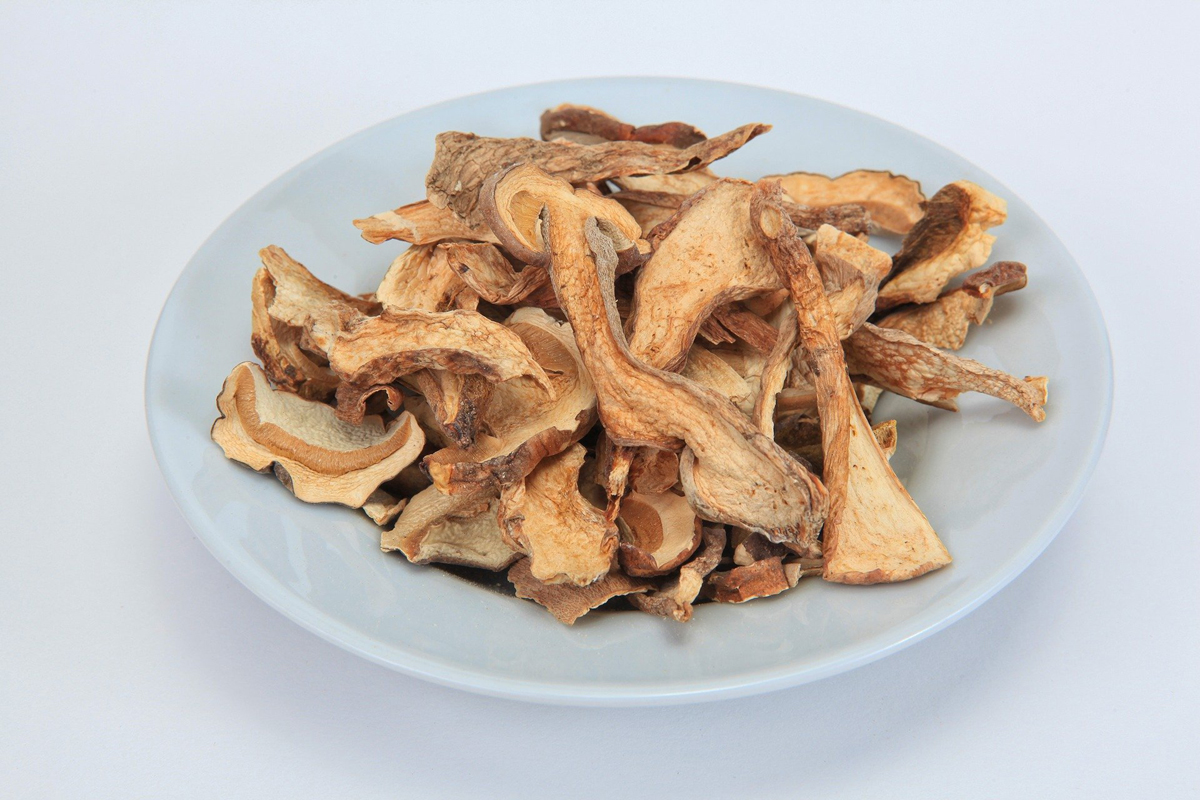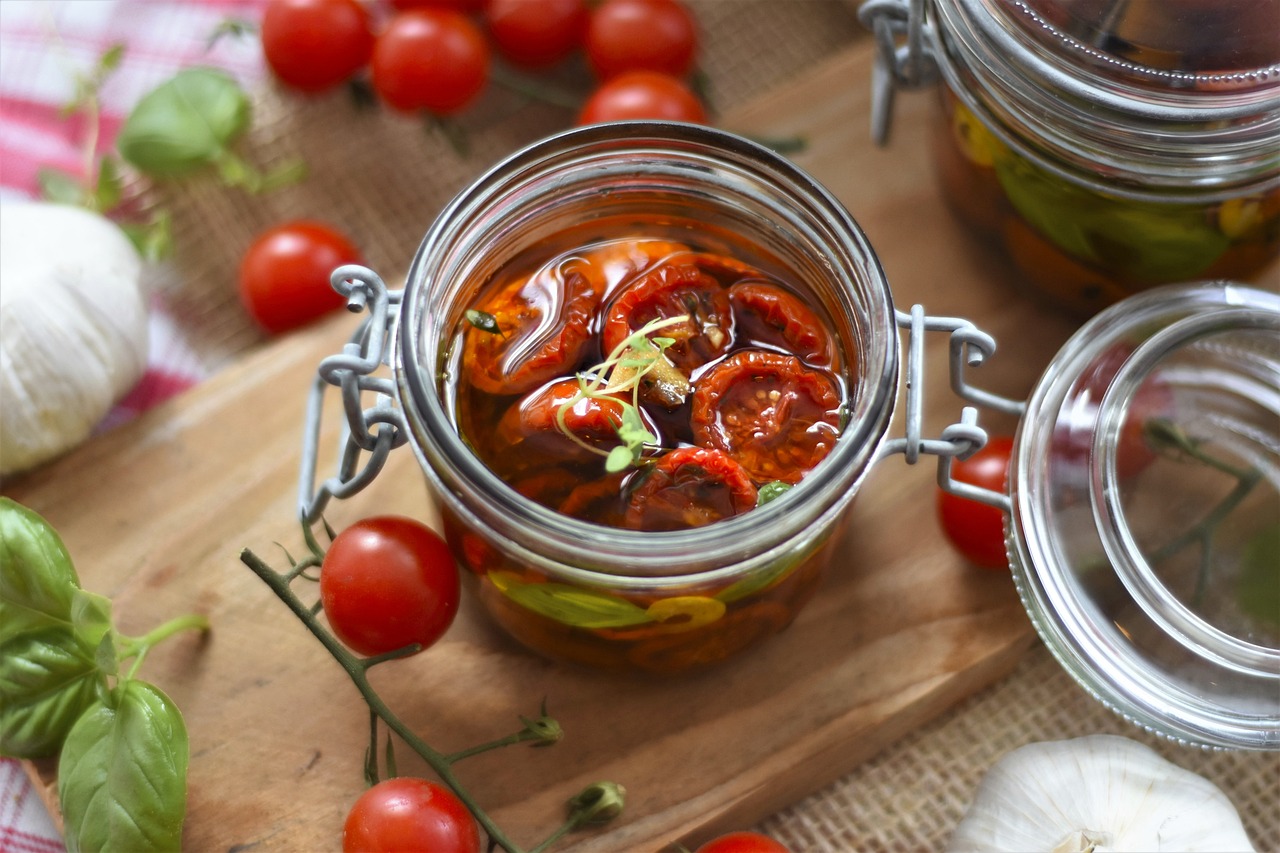How to Dry Mushrooms & Dry Beans Storage

During my 30 + years of gardening experience, I have encountered many situations where I have had to improvise in order to adjust to the changes within our environment to accommodate my plants needs. I have adjusted and learned so much and would like to share my experience and success, as well as my “mishaps” along the way.
Dry Beans Storage:
Beans can be stored in moisture-resistant, air-tight containers. With proper preparation before storage, they can last up to 30 years. Dried beans are best stored without the presence of oxygen and light. Oxygen will cause the oil produced from the beans to become rancid. Light will quickly discolor the beans. Neither is compatible with long-term storage. Furthermore, colder storage temperatures as well as low humidity will enhance and prolong shelf life.
Beans stored in food grade, polyethylene bags have about a one-year life span. This situation is commonly found in most commercialized products and is not a suitable storage containment option over the long term.
Canning Dried Beans:
I first make sure that the inside of the jars are washed and thoroughly dried. Remember- moisture breeds decay- quickly. Oxygen absorbent packets should be added to the jars to remove oxygen and to extend shelf life.
Fill the jars about 95% full and make sure that the gasket on the lid is in good condition. Close the jar tightly then store in a cool, dry, dark place. Note: Oxygen absorber packets should be kept in a sealed container until ready for use. Only remove as needed within a 20 to 30 minute time frame.
If you are using plastic buckets, first place one ounce of dry ice per gallon in the bottom of the bucket. Pour the beans over the dry ice to within one inch of the top. Place the lid on the bucket but do not completely seal it until the dry ice has dispersed. When the bottom of the bucket begins to feel warmer, place the lid on tightly. If it begins to bulge after a few minutes, open slightly to release the pressure. Watch to make sure the pressure has subsided-this might take several days for accuracy. As a precaution-do not stack your buckets more than three high as the weight could damage the lower containers.
How to Freeze Beans:
Frozen dried beans will only last for about 2-3 months. As a general rule of thumb, for every pound or 2 cups of dried beans, use 6 cups of water to re-hydrate. Pour the appropriate amount of beans and water into a large cooking pot. Add 1 to 2 Tbsp of oil and 1 tsp salt. Bring to a boil then cover the pot and allow it to simmer. Always make sure that the beans are completely covered by adding additional hot water when needed. The amount of cooking time will vary with the type of bean cooked. This could be as little as 30 minutes up to 3 hours. The beans are finished when they are just about tender, but not quite. If you completely cook the beans and then freeze them, they tend to loose their shape and texture when de-thawed. Allow the beans to completely cool at room temperature before placing them in the freezer.
Next, fill your airtight, moisture resistant container to within 1 inch from the top then cover the beans the rest of the way with water. For easier thawing, freeze the beans in smaller portions.
Mushrooms Storage:
Choose mushrooms that show an even color and firm texture throughout. Also select the ones where the caps are tightly closed. If any part of the gill is showing, that is a sure sign of age. Discolored and damaged mushrooms with soft spots should be removed from storage. Avoid using mushrooms that have become slimy.
Do not store mushrooms on the counter-top. They should be kept cool. Allowing mushrooms to warm at room temperature will shorten their life span. Additionally, avoid rinsing or cutting the mushrooms until ready for use.
Mushrooms bought from the market are pre-packaged within a carton that is wrapped with a plastic seal. They are most likely to last about 3-4 days if kept cool. In order to preserve your mushrooms longer and keep them fresh in the refrigerator, not in the crisper, the mushrooms should be transferred to a brown paper bag; lunch bags work best, separating them from each other with paper toweling. Do not wrap the mushrooms completely; you just do not want them touching each other, which will create the slimy effect. The paper will also absorb any moisture and will provide venting for prolonged shelf life. You can also place the mushrooms wrapped in the fashion above into a stay fresh green garden bag. Kept this way as well as in paper bags, most mushrooms can last between a week to nine days.
Canned mushrooms and oiled mushrooms marinating in jars have a much longer shelf life, and are good for specific recipes, however, they do lack the flair that fresh mushrooms add.
To Freeze Mushrooms:
Wash the mushrooms. Freeze the small mushrooms whole and cut the larger ones into 4 or more pieces. Blanch the mushrooms in 1 Tbsp lemon juice per one quart of water to prevent the mushrooms from browning. Blanch the medium or small whole mushrooms for 5 minutes and the cut pieces for 3 minutes. Immediately chill them in ice water to stop the cooking process. Pack them tightly in ridged, airtight containers allowing a ½ inch gap at the top for expansion.
How to Dry Mushrooms:
When you are drying mushrooms, you are actually removing all the moisture from the mushrooms itself. Moisture breeds decay. The following drying method can be applied to Button, Moral, as well as my favorite mushrooms, Portobello’s. Drying time usually takes about 8-12 hours.
The best way to dry mushrooms is in a food dehydrator at 110 degrees. If a dehydrator is not available, a convection oven set at 100 degrees will suffice. A regular or conventional oven is not recommended for it tends to cook the mushrooms instead of just drying them. On a really hot summer day, you can also string your sliced mushrooms with heavy thread allowing enough air space between them and hang them in the sun. Then transfer the stringed mushrooms to a dry, warm place with good air circulation to finish the job of evaporating the moisture within. If drying mushrooms in the winter, place the sliced mushrooms on a screen over or near a wood stove, water heater or other warm dry places.
The smaller the slices or mushrooms, if drying them whole, the shorter time it will take for drying. If you are inclined to wash your mushrooms before drying which I would not recommend, just rinse them quickly under the faucet. You do not want them wet before drying. You can use a mushroom brush or a damp cloth to gently remove any dirt that may be clinging to the skin.
When I am drying button mushrooms, I usually like to dry the smallest ones whole with out slicing them up. I like the small ones bobbing in my soup or stew recipes. The buttons act like a sponge and absorbs all the rich flavors of the recipe and tastes absolutely yummy. For the larger buttons, I slice them in about 1/8 inch pieces either through the stem or sometimes I slice the stems in round 1/8 inch pieces. Dehydrate for about 8 hours, longer if you are drying them whole. Mushrooms do get tough and leathery when properly dried; in fact some button mushrooms will become quite brittle after drying if left unattended too long. I am guilty of that from time to time. I will then use those mushrooms for powered seasoning on vegetables or meat dishes to add extra flavor.
As far as how to dry moral mushrooms, I prefer to dry my moral’s whole in the dehydrator. You can slice them just as you would the button mushrooms above. Do not rinse morels; just dust them as best as you can before drying. Add a couple of hours to the drying time, if you are drying them whole.
I love the “meatier” nature of portabella mushrooms and will cube them in ½ inch pieces. They will take extra drying time-upward to 12 hours, sometimes longer. Keep checking them towards the end of the drying period so they don’t end up as powder.
Dried mushrooms should be soaked in hot water or your recipe cooking liquid for about an hour prior to use. You will want the debris from the soaking mushrooms to float to the bottom, strain, and then use the liquid to add to your favorite recipe for additional flavoring.
The best way to store mushrooms is to place the dehydrated mushrooms in clean canning jars with rubber seals in a cool, dry place. You can also use rigid airtight plastic containers but only if you add oxygen absorbent packets, as mentioned above with the beans, to the jars/containers to remove moisture and to extend shelf life. I would not recommend using zip lock storage bags. They will trap moisture and cause the mushrooms to rot. Store dried mushrooms in a cool dry place.
The Author:
Kali S Winters is gardening enthusiast and author who spends much of her time teaching others how to setup and maintain beautiful, amazing gardens.
Photo.
Source: Ab








